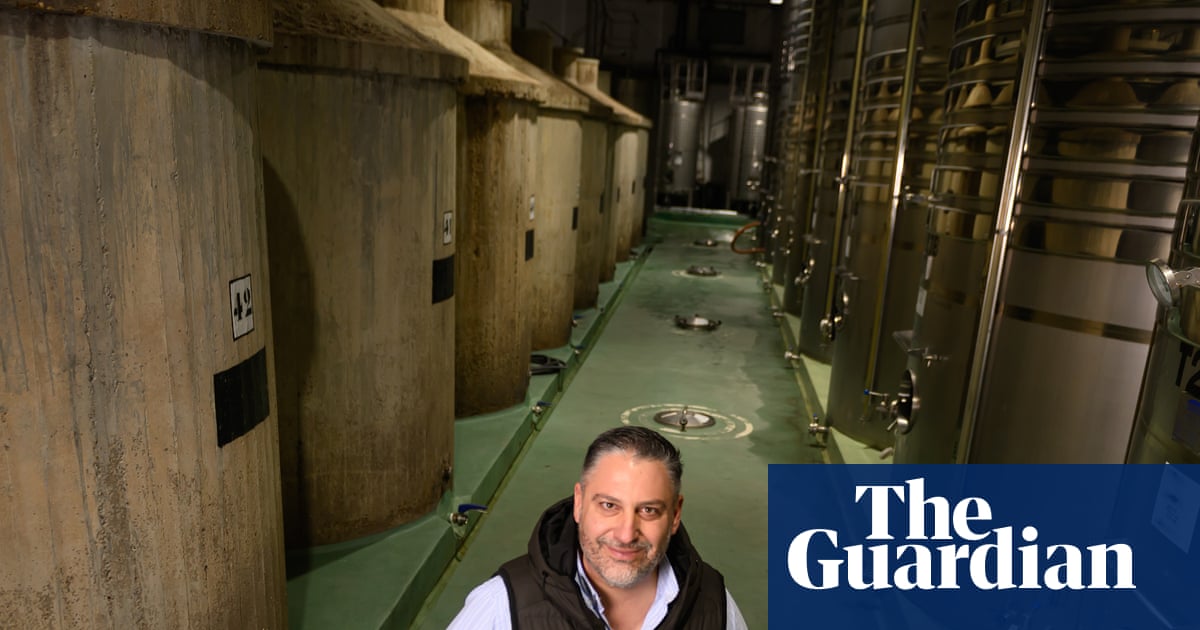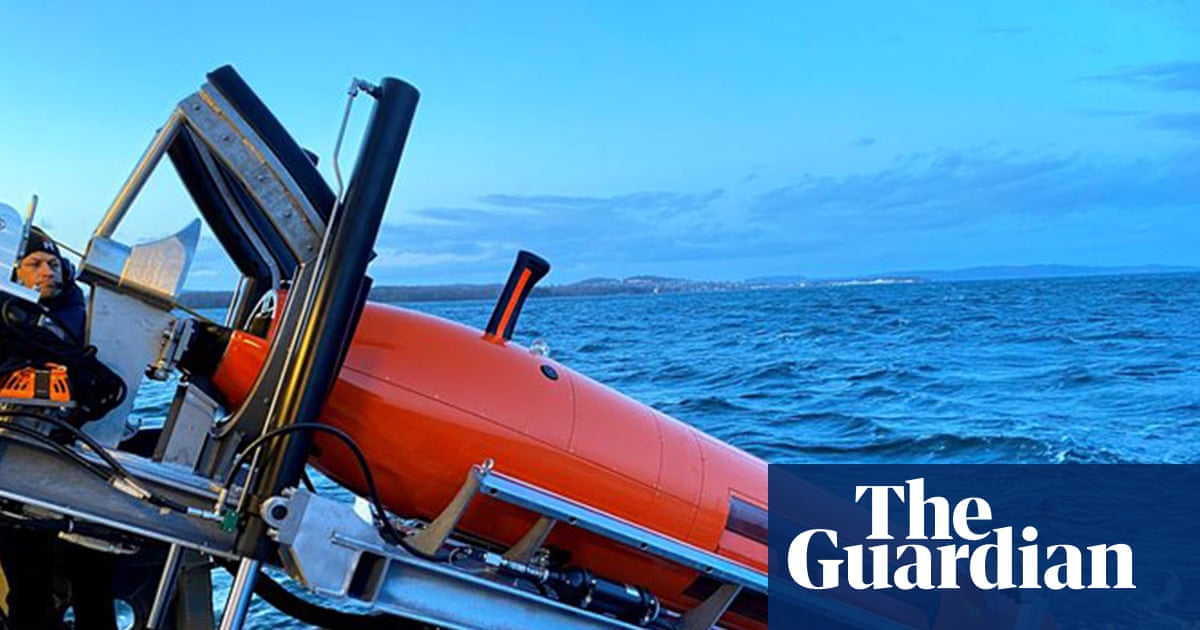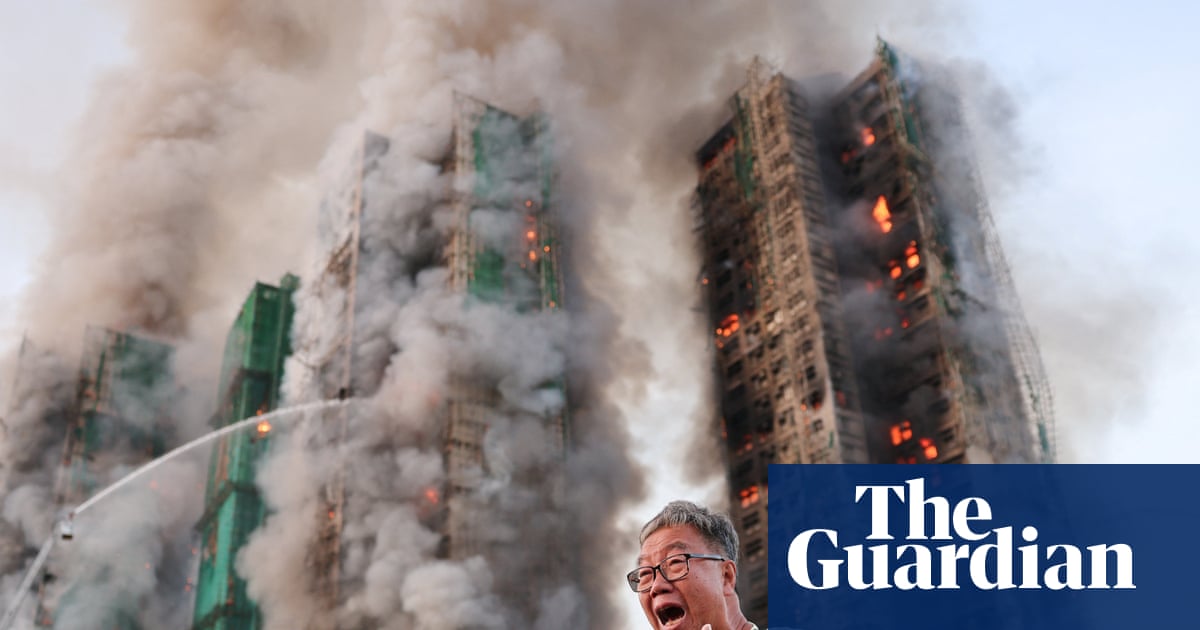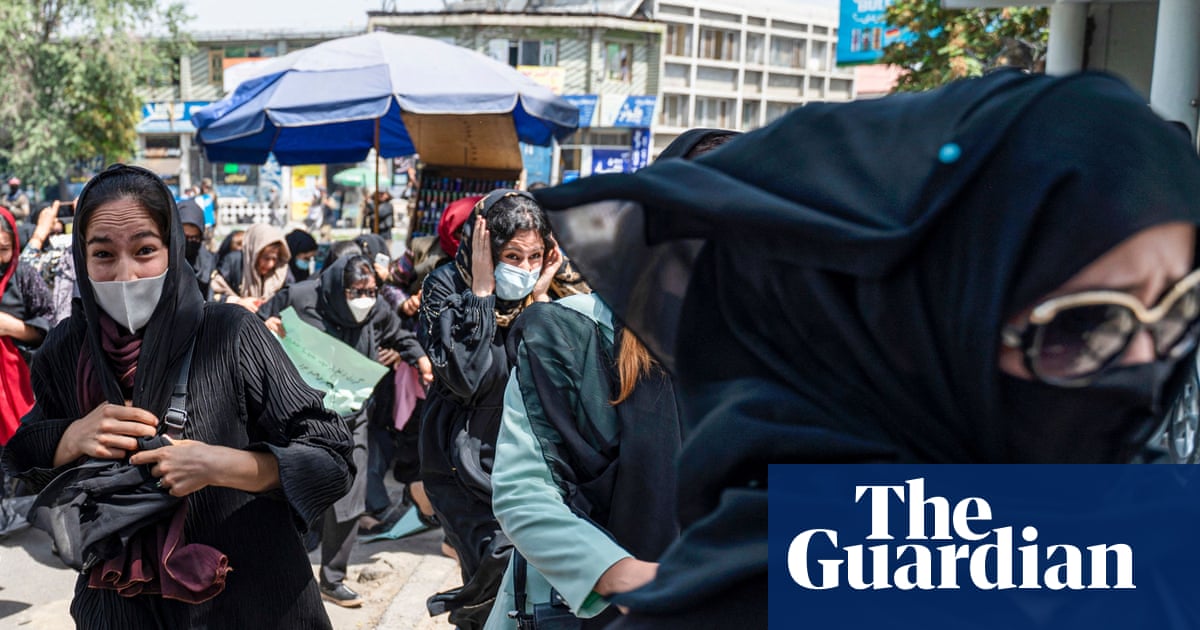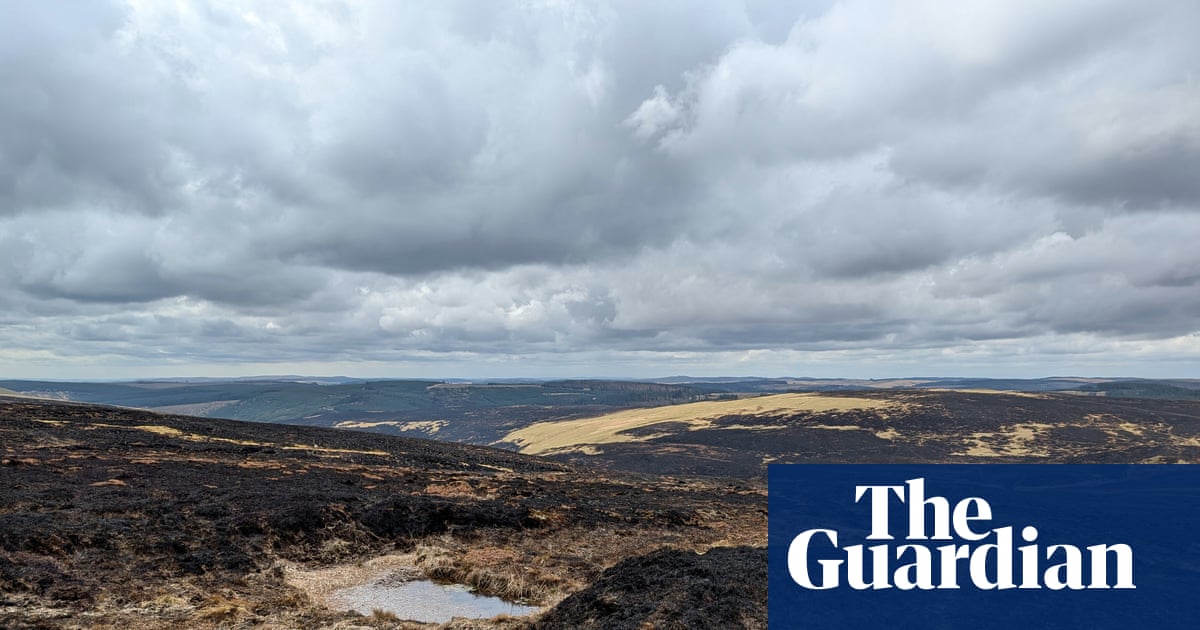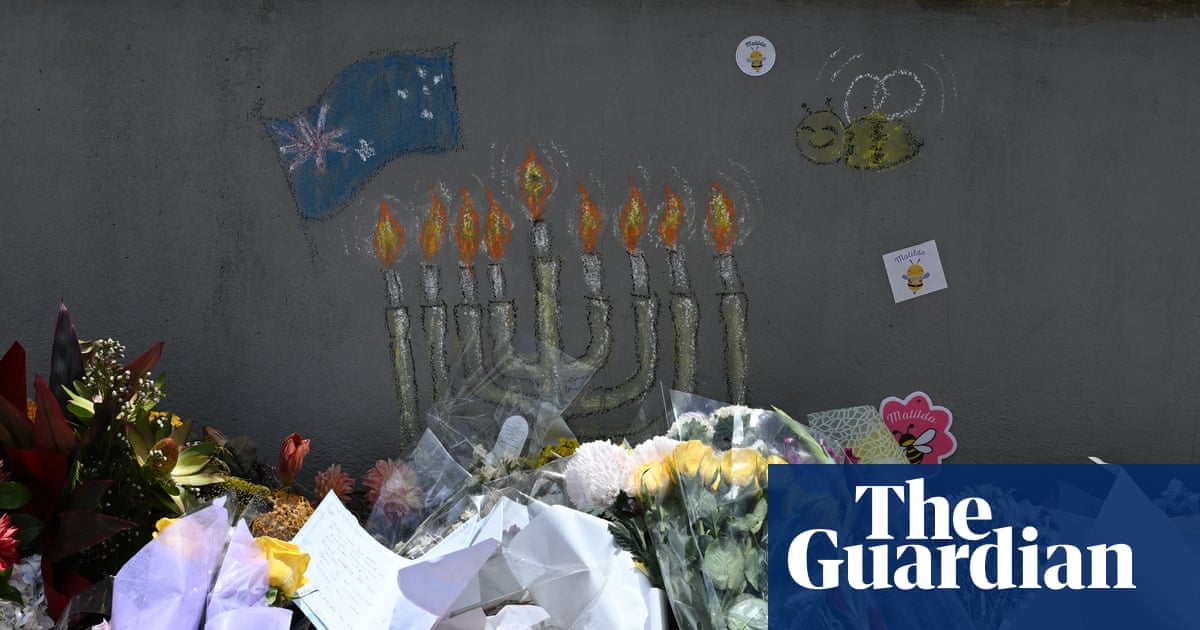In the shattered houses of Wadeer village in Afghanistan’s Kunar province, survivors of Sunday’s devastating earthquake that has killed more than 2,200 people say they are still waiting for the most basic help: food and shelter.
The 6.0-magnitude quake, which struck eastern Afghanistan – and has been followed by two further earthquakes including one overnight – also injured more than 3,600, according to Taliban officials.
The district of Nurgal, in the west of Kunar province, where the village of Wadeer lies, was the epicentre of the devastation, with 1,000 people confirmed dead and 2,500 injured. More than 5,700 homes were destroyed.
The Taliban, which took control of the country in 2021, have urged charities, business owners and ordinary citizens to contribute to their response. Bank account numbers were circulated online by Taliban spokesmen with a promise that donations would be handled with “transparency”.
A Taliban government spokesperson, Zabihullah Mujahid, says rescue efforts are continuing. Damage to roads by the earthquake and recent rains have made access even more difficult. In areas unreachable by helicopters, commando units have reportedly been airdropped to carry the wounded to safety. But on the ground, the gap between announcements and action is growing.
Some volunteer rescue teams have reached the village of Wadeer and mobile health units have been dispatched, but residents say the support remains insufficient. In other villages, some survivors are still waiting to get the bodies of their loved ones out of the rubble.
“We urgently need tents and food. People have lost their homes; they don’t even have the means to cook. And we need more doctors. There are too few medical teams, and people are still buried,” a village elder in Wadeer tells the Guardian.
“We are still sitting under the sun because there is no tent. If there were a tent, I could at least keep them in the shade,” says a woman in Wadeer, who is with her two grandchildren. Her daughter-in-law and husband were taken to a hospital by helicopter, but she has no idea where. No one has returned with information or aid.
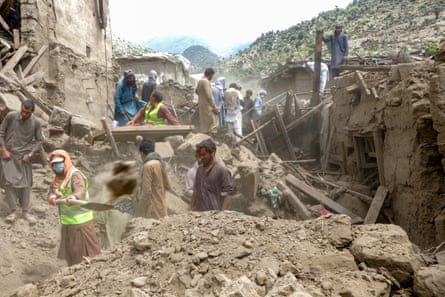
Nearby, another woman who says she has lost more than 30 relatives says: “I lost my husband, my sons, my grandchildren. Everything. All I have left is this cloth. I don’t even have money to buy a paracetamol.”
Aid agencies have said female survivors of the earthquake cannot easily access aid or medical support and that in conservative provinces such as Kunar, it is difficult for a single woman to ask for help from unrelated men. Women’s autonomy and movement are heavily restricted under the Taliban, including a ban on women speaking in public.
Despite being one of the most-affected districts, Nurgal has only one functioning hospital, which cannot handle the overwhelming number of casualties. Most of those rescued so far are transferred to the Afghan capital, Kabul, or to the neighbouring Nangarhar province via helicopter for treatment.
International organisations are struggling to scale up relief efforts not just due to the terrain, but also because of severe funding shortfalls, many of which stem from the broader collapse of donor support for Afghanistan.
“The situation on the ground is critical,” says the Norwegian Refugee Council (NRC). “Entire communities are in urgent need of life-saving assistance. Local resources are stretched to the breaking point, and lack of funding is limiting the scale and speed of the humanitarian response.”
The NRC says families in Kunar province have been sleeping in overcrowded tents, some sheltering up to 100 women and children with no access to toilets or clean water.
after newsletter promotion
Since February 2025, 422 health centres across Afghanistan are reported to have closed after US aid cuts. In eastern Afghanistan alone, 80 health centres have shut down, including at least 15 in Kunar and 29 in Nangarhar, leaving quake survivors even more vulnerable.
The NRC says its funding portfolio is 60% of what it was in 2023, significantly limiting its ability to respond to growing humanitarian needs. The United Nations’ International Organization for Migration, which helps displaced people in Afghanistan, says funding cuts this year have reduced warehouse capacity and the organisation’s presence on the ground, forcing most supplies to be dispatched from Kabul, which further adds to delays and logistical costs.
The World Health Organization and other agencies have deployed emergency health kits, mobile teams and additional ambulances to the region. Yet for many in remote areas, access to care remains impossible. With roads blocked and too few helicopters, villagers must wait, hoping for help to arrive.
The UN Office for the Coordination of Humanitarian Affairs says 25 inter-agency teams have reached some affected districts, but admitted that access to the worst-hit valleys remains patchy, and weather conditions have further delayed progress.
The UN has allocated $10m (£7.4m) in emergency funds, $5m from the Central Emergency Response Fund and another $5m from the Afghanistan Humanitarian Fund. But aid officials say this is a fraction of what is needed.
For now, in villages such as Wadeer, people sit under scraps of cloth or plastic sheeting, mourning their dead and fearing what comes next.

 3 months ago
49
3 months ago
49
